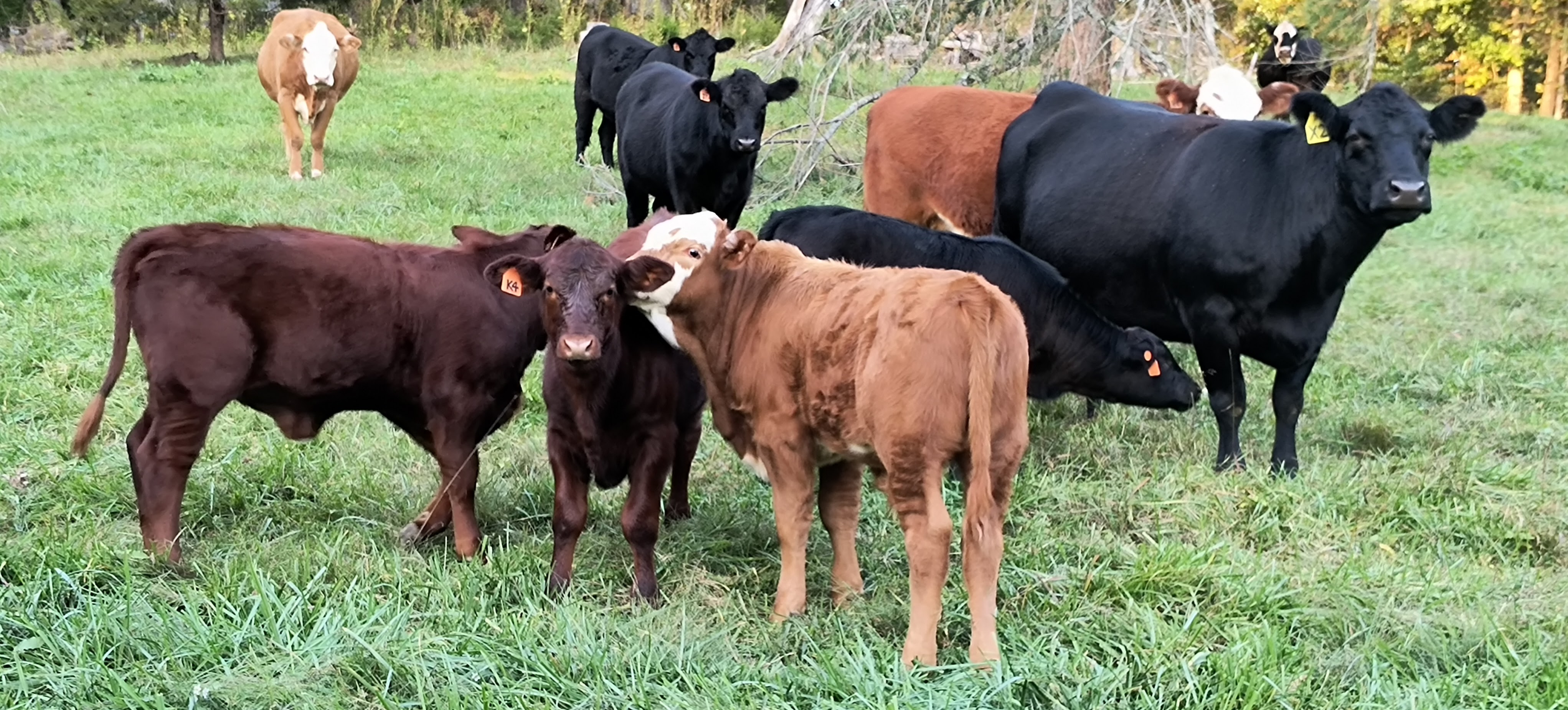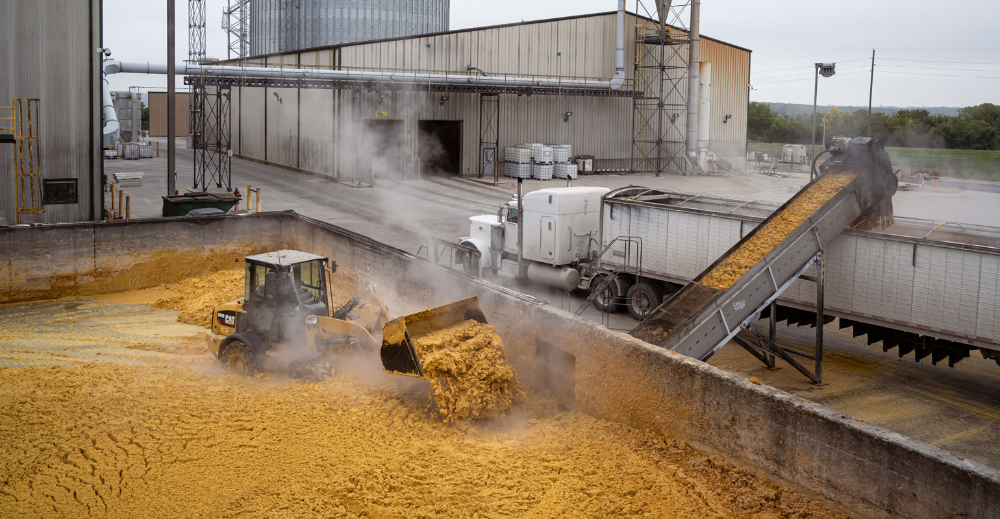Big Beef
go.ncsu.edu/readext?899186
en Español / em Português
El inglés es el idioma de control de esta página. En la medida en que haya algún conflicto entre la traducción al inglés y la traducción, el inglés prevalece.
Al hacer clic en el enlace de traducción se activa un servicio de traducción gratuito para convertir la página al español. Al igual que con cualquier traducción por Internet, la conversión no es sensible al contexto y puede que no traduzca el texto en su significado original. NC State Extension no garantiza la exactitud del texto traducido. Por favor, tenga en cuenta que algunas aplicaciones y/o servicios pueden no funcionar como se espera cuando se traducen.
Português
Inglês é o idioma de controle desta página. Na medida que haja algum conflito entre o texto original em Inglês e a tradução, o Inglês prevalece.
Ao clicar no link de tradução, um serviço gratuito de tradução será ativado para converter a página para o Português. Como em qualquer tradução pela internet, a conversão não é sensivel ao contexto e pode não ocorrer a tradução para o significado orginal. O serviço de Extensão da Carolina do Norte (NC State Extension) não garante a exatidão do texto traduzido. Por favor, observe que algumas funções ou serviços podem não funcionar como esperado após a tradução.
English
English is the controlling language of this page. To the extent there is any conflict between the English text and the translation, English controls.
Clicking on the translation link activates a free translation service to convert the page to Spanish. As with any Internet translation, the conversion is not context-sensitive and may not translate the text to its original meaning. NC State Extension does not guarantee the accuracy of the translated text. Please note that some applications and/or services may not function as expected when translated.
Collapse ▲Beef is big in the United States. The US produces more beef, exports more beef, and consumes more beef than any other country in the world. In 2021, US farmers sold $78 billion worth of cattle. This put more dollars into farmers’ pockets than any other farm product. In total, cattle account for 17% of all farm income in the US.
Last year, the US produced 28 billion pounds of beef. We exported 3.4 billion pounds of beef to other countries. In descending order, Japan, South Korea, China, Mexico, and Canada are the biggest import countries. These 5 countries account for 80% of all US beef exports.
Cattle need land. There are 1.89 billion acres of land in the lower 48 states. Eighty three percent of this land is classified as farm or forest land. The breakdown of this productive farm and forest land is 41% range and pasture, 34% forest land, and 25% crop land.
These are all facts and statistics from the United States Department of Agriculture. They answer the “what” question – the things that can be measured and counted. This does not answer the “why” question – why is beef production so big in the United States?
There are two reasons why beef production is dominant in the United States. First is consumer demand. Americans love hamburgers, steaks, and beef fixed just about any way there is to fix it. All the slogans “Beef, it’s what’s for dinner”, “Where’s the beef?”, and “Got beef?” all resonate with Americans.
The second reason beef production is dominant in the US is because of the unique digestive system of cattle. Most people know cows have four stomachs. Or more correctly, they have one stomach with four compartments. Animals that have a digestive system like this are called ruminants. The advantage of having three extra stomach compartments is not so you can eat more Thanksgiving dinner, it’s the ability to digest fiber.
Being able to digest fiber might not seem all that great, but it REALLY is. Being able to digest fiber means you can digest low quality feedstuffs like grass or other high fiber plant material. Farmers use their best land for crop production. The land that is not suited for crop production (because it is steep or unproductive) can be used as pasture (or forest land). Cattle are raised on this marginal land that is less suitable for crop production. Cattle do not occupy land that is valuable for crop production. High value land is used for crop farming (and housing developments).

Cattle production happens on marginal land that is not suited for higher value crop production. Cattle utilize lower quality land and feedstuffs to produce high value nutritious products. (Credit: Seth Nagy)
The United States is the world’s leader of corn production. We produce more corn than any other country. The next four highest producing countries (China, Brazil, India, and Argentina) when added together, equal the US corn production.
Ethanol that is blended with gasoline is used to fuel our cars. Ethanol is made from corn. Last year, one out of every three kernels of corn produced in this country was turned into ethanol for fuel. In 2021, 15 billion gallons of ethanol were produced in the United States. For each gallon of ethanol produced, there are 9 pounds of “byproduct” produced. There is not a lot of demand for the stuff left after ethanol is produced from corn. This byproduct stuff is basically a mixture of protein and fiber.

Wet byproduct from ethanol production is being loaded onto a semi truck. This will be fed to cattle. This byproduct is 67% moisture, 30% protein and 85% digestible by cattle. During the summer this wet byproduct must be utilized within 3 or 4 days to prevent spoilage. (Credit: Dakota Ethanol LLC)
Ethanol production creates 135 billion pounds of this protein and fiber “byproduct”. There are not a lot of uses for 135 billion pounds of this stuff. However, if you have three extra stomachs, you can turn this mountain of low quality product into a slightly smaller mountain of high quality stuff. That is what happens in the United States. Farmers use cattle to turn 135 billion pounds of very low value byproduct into 28 billion pounds of high quality beef. All this happens because of those three extra magical stomachs.




